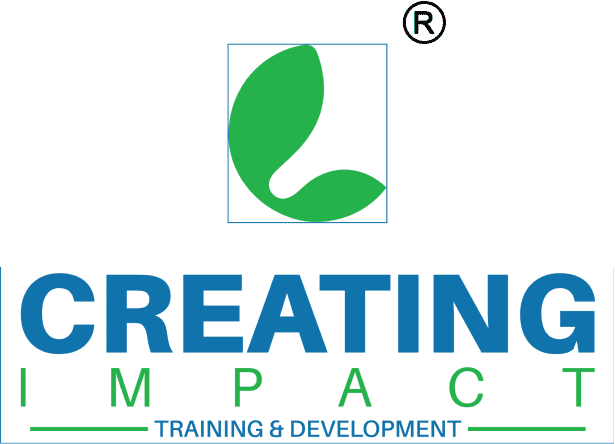
Adaptive Learning Organisation-ALO
"Excited to share the transformative power of Adaptive Learning Organizations (ALOs) in the dynamic landscape of Learning and Development! As the Director of a leading L&D solutions provider company, I witness firsthand impact of ALOs, which seamlessly blend innovation, data-driven insights, and personalized learning experiences. ALOs empower teams to adapt swiftly to change, fostering a culture of continuous improvement. Join me in revolutionizing L&D with ALOs, driving performance, engagement, and growth.
Take an insight on one of the use case of globally renowned organisation as stated below:
Case Study: IBM - Transforming into an Adaptive Learning Organization
Background: IBM, a global technology and consulting company, faced significant challenges in the early 2000s due to shifts in the technology landscape. The company, once known primarily for its hardware, was experiencing a decline in traditional products and services. To address these challenges and stay ahead in the rapidly changing tech industry, IBM underwent a transformation into an adaptive learning organization. 
Key Initiatives:
- Shift to Services and Software: IBM recognized the diminishing relevance of its traditional hardware business and decided to shift its focus towards services and software. This required a significant change in the skill sets of its workforce.
- Employee Training and Development: To equip its workforce with the necessary skills for the digital era, IBM invested heavily in employee training and development programs. These initiatives included online courses, workshops, and certifications aimed at fostering expertise in areas such as cloud computing, artificial intelligence, and data analytics.
- Agile Methodologies: IBM embraced agile methodologies to enhance its organizational flexibility and responsiveness. Teams were encouraged to work collaboratively, iterate quickly, and adapt to changes in customer needs and market dynamics.
- Open Communication and Collaboration: The company fostered a culture of open communication and collaboration, encouraging employees to share ideas and insights across departments. This helped break down silos and create a more interconnected and adaptable organizational structure.
- Data-Driven Decision Making: IBM leveraged data analytics to make informed decisions about its business strategies. By collecting and analyzing data on market trends, customer behavior, and internal operations, the company could identify opportunities and challenges in real-time.

Results:
- Revenue Growth: IBM's shift towards services and software, coupled with a more adaptable workforce, contributed to significant revenue growth in these areas. The company diversified its portfolio and tapped into emerging technologies, securing its position in the market.
- Increased Employee Engagement: The emphasis on employee training and development, combined with a culture of collaboration, led to increased employee engagement. Employees felt more empowered and motivated to contribute to the company's success.
- Innovation and Market Leadership: IBM's adaptive approach allowed it to stay ahead in the rapidly evolving technology landscape. The company became known for innovation, maintaining its position as a market leader in various emerging fields.
This case study illustrates how IBM's transformation into an adaptive learning organization enabled it to navigate challenges, embrace change, and thrive in a dynamic industry. It highlights the importance of continuous learning, agility, and a culture that values innovation and collaboration.
#AdaptiveLearning #LearningandDevelopment #InnovationInL&D #FutureofWork #ALO #corporatelearning #Corporatetraining


